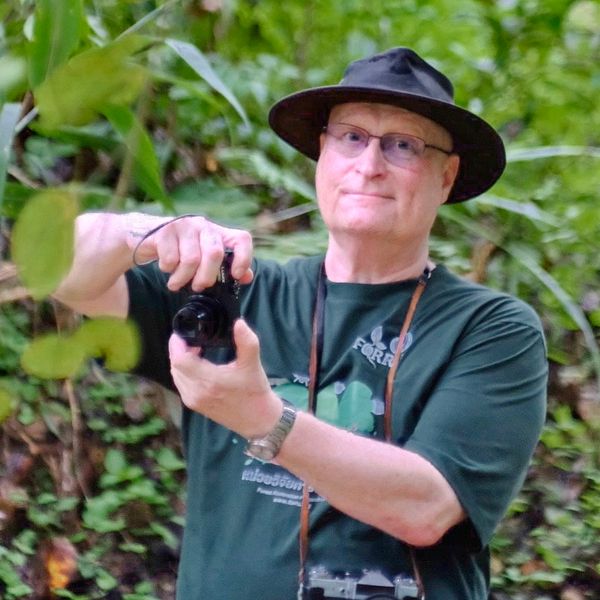Flowering and seed production phenology of dry tropical forest trees in northern Thailand

Elliott, S., S. Promkutkaew & J. F. Maxwell, 1994. Flowering and seed production phenology of dry tropical forest trees in northern Thailand. Pp 52-62 in Proc. Int. Symp. on Genetic Conservation and Production of Tropical Forest Tree Seed, ASEAN-Canada Forest Tree Seed Project.
ABSTRACT: Restoring native forests to conserve biodiversity and for watershed protection requires detailed knowledge of ecosystem functioning, including flowering and fruiting phenology. Such data are needed to plan seed collection and nursery work programs for the mass propagation of native trees. This paper describes the flowering and fruiting phenology of 128 trees, representing 19 species (n = 5 or more), in dry tropical forest of Doi Suthep-Pui National Park, northern Thailand. Observations were made monthly over 3 years. At the community level, flowering occurred in every month, peaking sharply in March (at the height of the dry season), when 74% of the species flowered, and reaching its lowest level from July to September (the rainy season), when only 10-16% of species flowered. Fruiting showed less pronounced fluctuations, peaking in April, when 84% of the species bore fruit, and reaching its lowest level in January, when only 37% of the species bore fruit. Quantitative data on the rate of seed set and the duration, frequency, synchrony, intensity (within individuals) and prevalence (at species population level) of flowering and fruiting are presented for each species. The influence of soil moisture content and seed dispersal mechanisms on reproductive phenology are discussed.



